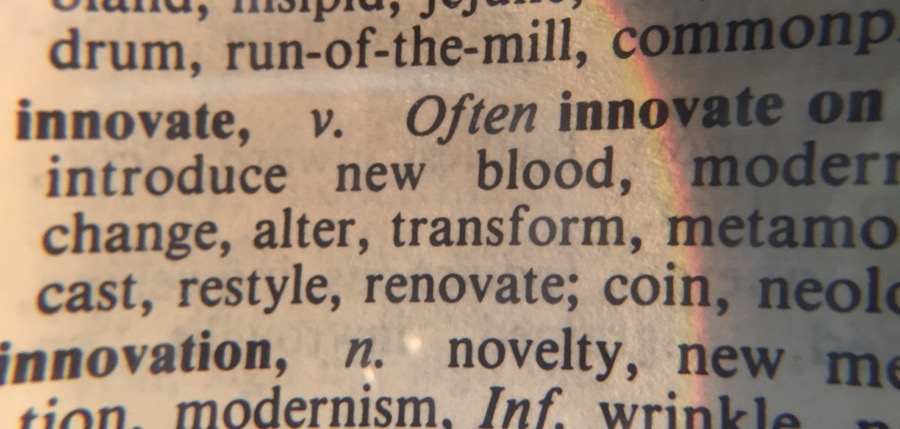Product Innovation: a systematic approach

The one test of innovation is the value it brings us, the result. Anything else is just... showing off.—from an IBM ad
My definition of innovation is solving a customer problem in a new way. The key to innovation is an intense focus on one specific type of customer and problem. To build an innovation team, you want to pull together people who have experience solving this type of problem.
From The Innovator’s Solution by Clayton Christensen:
“The managers in your organization who have most consistently delivered results in the past may be the least skilled at delivering success in new-growth businesses.”
Procedurally, you’ll want to make a list of the most compelling problems and use a prioritization scheme to identify the ones that you want to solve first.
There are three financial considerations that should be estimated for each solution:
- Will this increase new customer acquisition?
- Will this increase existing customer retention?
- Will this reduce internal operational costs?
Therefore, depending on the problem to be solved, you’ll want a team who understands the existing situation deeply and can also empathize with the customer.
We cannot assume that our family and friends represent the overall market. You’ll want to do phone interviews as well as face-to-face “shadowing” to see how the problem presents itself in a natural environment. Surveys and other quantitative tools should be used only after a hypothesis has been formed.
Steps to innovation
- Define the problem in detail (including the competitive landscape)
- Engage with the market with interviews
- Map possible use scenarios
- Brainstorm possible solutions
- Prototype and experiment
- Make a go/no-go decision
Make it a formal program
For each problem to be investigated and solved, I suggest the creation of a new innovation team.
We’ll want to kick off the project with a one-day session to explain the process to follow and get all the team members in alignment. This session will involve discussion of strategies for understanding the market as well as an introduction to buyers and their product “journeys.”
Innovation team becomes product team
Converting an innovation project into a product requires looking beyond the technology. The Under10 planning canvas is one tool you can use; there are other canvases that help formalize your product, promotion, sales, and operational decisions.
Once an innovation becomes a product—ie., those project that ultimately get launched—you’ll want to evolve to a more traditional product team orientation. This team may be comprised of the members of the original innovation team but you’ll likely need to supplement or re-staff the team with additional expertise.
Next steps
- Formalize your innovation method with retrospectives at every step of the process. We want a process that fosters creative thought and out-of-the-box thinking.
- You’ll want to inventory the areas where your innovation team members need additional training and coaching.
- Consider turning innovation teams into product teams. You’ll need to supplement those teams with a “production” mindset. Explore a product canvas approach to ensure that the product is completely supported across the organization.
- You’ll want to avoid the appearance that your innovation team is the company’s only group of creative thinkers. Ideally, there should be competition for inclusion in future innovation teams.
- Start building a skills inventory of your employees with emphasis on the problems they have solved in the past. This inventory becomes an official data source for new talent instead of hallway conversations.
Before you can build a product playbook, you'll need a method for ideation and a team with the bandwidth to look at problems in a new way.
How are you instilling innovative thinking on your team?
Recommended reading
- The Innovator’s Solution, Clayton Christensen
- Blue Ocean Strategy, W. Chan Kim and Renée Mauborgne
- Start with Why, Simon Sinek. (See the video here)

